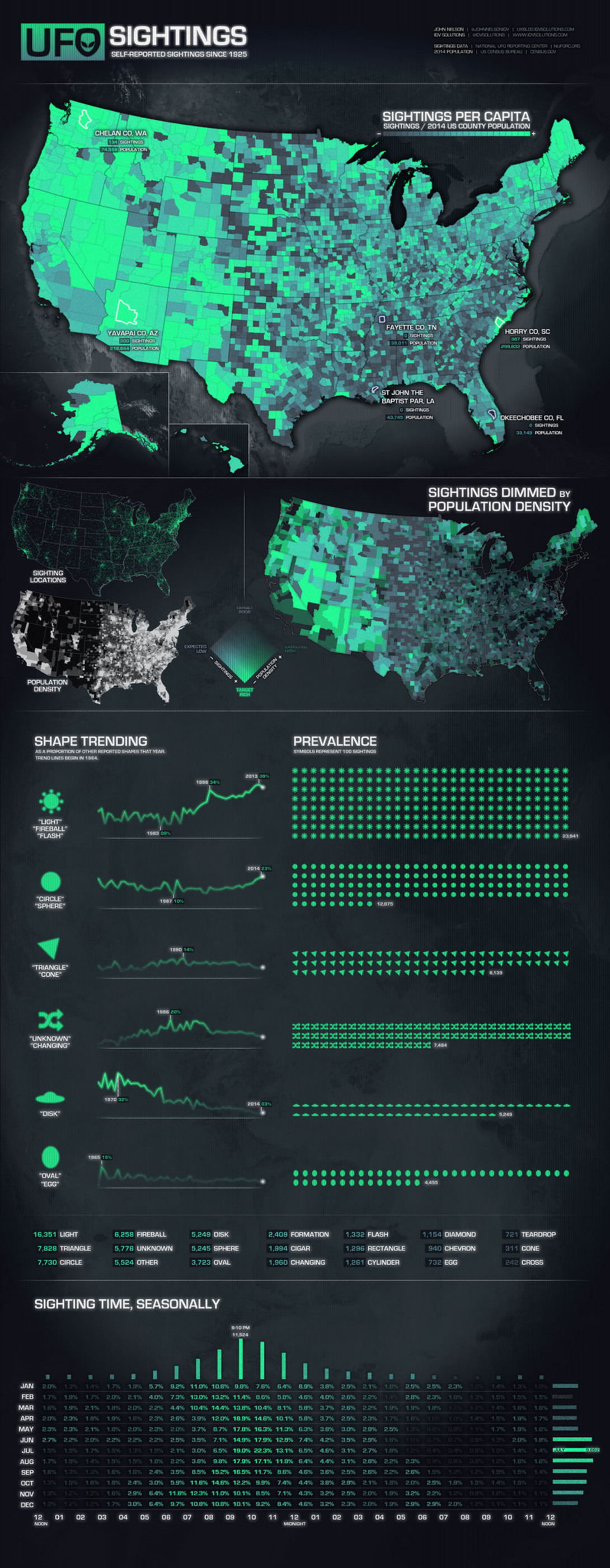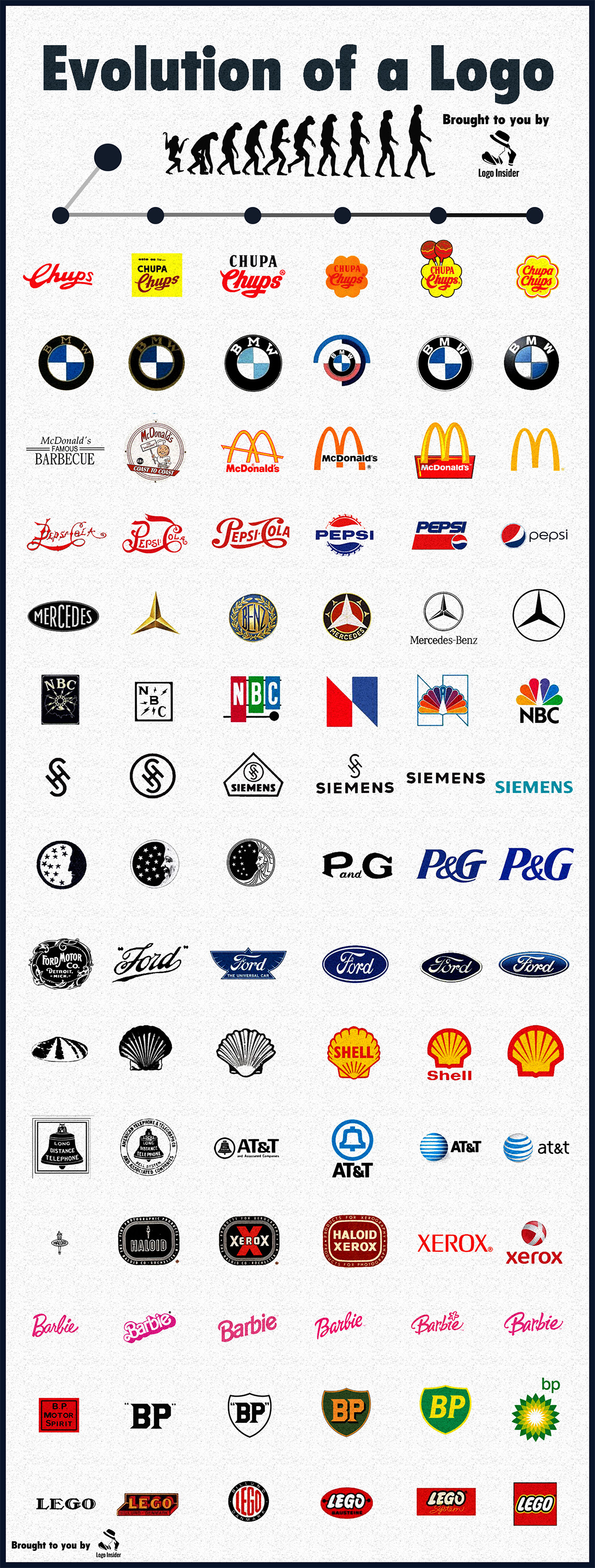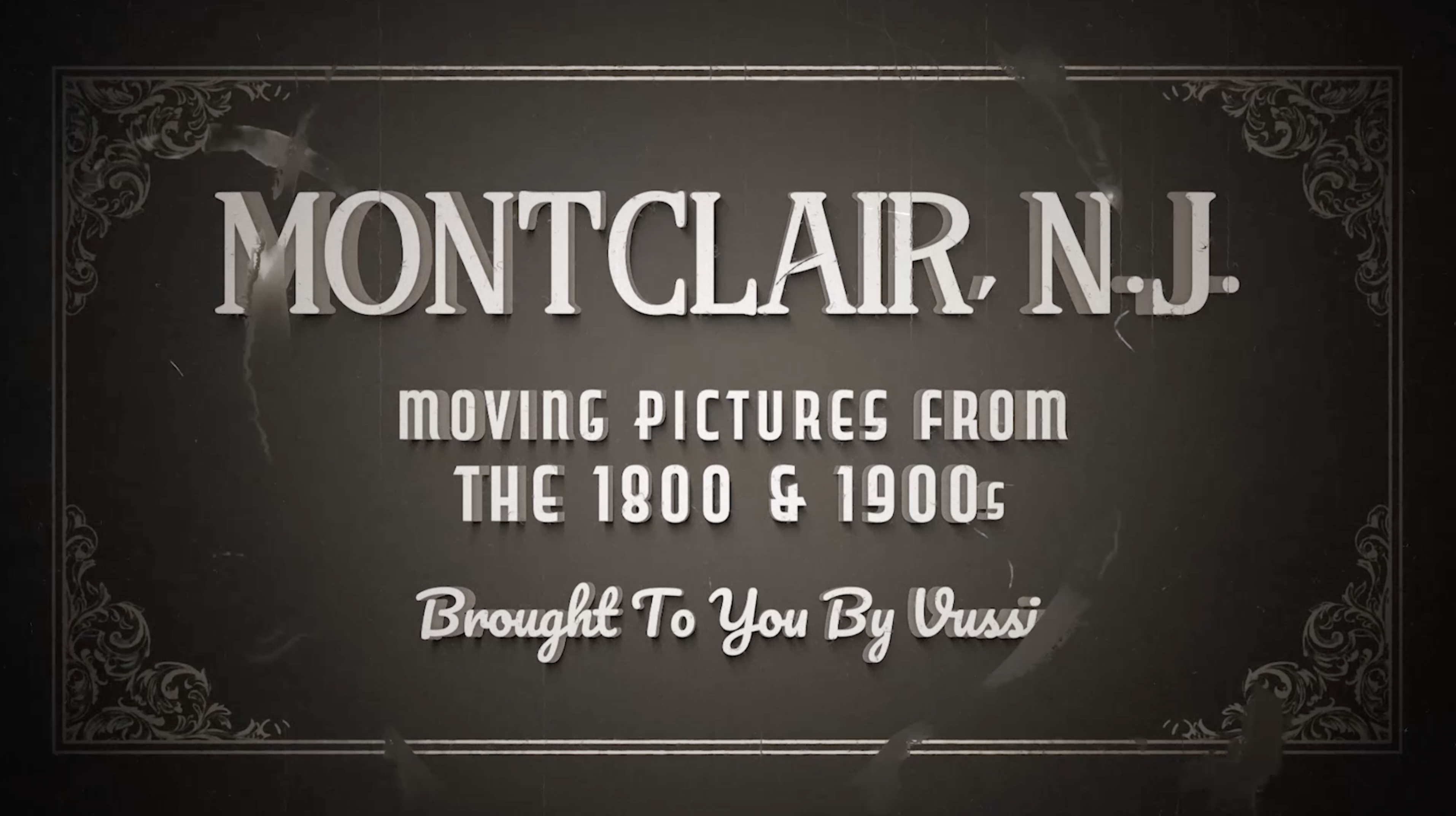A Cavalcade of Cats: The Science and History Behind Cat Breeds
Cats. They’re adorable, mysterious, and strangely captivating. For thousands of years, humans have been drawn to these independent yet affectionate creatures. But did you know that, just like dogs, cats come in distinct breeds? In fact, every breed has its own story — a mix of evolution, human intervention, and adaptation to different environments.
This infographic takes us on a tour of some of the most fascinating cat breeds. From the long-haired fluff of the Maine Coon to the sleek and hairless Sphynx, let’s dive into what makes these breeds unique and uncover how they reflect our shared history with cats.
The Origins of Breeds: Why Do Cats Look So Different?
First, a quick question: What is a breed? A breed is essentially a group of animals with specific traits — fur color, ear shape, or body size — that have been selectively passed down over generations. But here’s the twist: unlike dogs, which humans have been selectively breeding for tens of thousands of years, most cat breeds are much newer.
Cats were domesticated only around 9,000 years ago, compared to dogs’ 30,000-year history with humans. For most of that time, cats were prized for their natural hunting skills, not their appearance. It wasn’t until the last few centuries that humans began shaping cat breeds intentionally. And the results? Well, they’re as diverse as they are fascinating.
Exploring the Breeds: What Makes Each Cat Unique?
Russian Blue
- Feature: Short, dense blue-gray fur and striking green eyes.
- Fun Fact: This breed is known for its reserved nature and almost dog-like loyalty. Its thick double coat evolved to survive cold climates.
Norwegian Forest Cat
- Feature: Long, bushy tail and a thick, water-resistant coat.
- Fun Fact: Originating in Norway, this breed evolved to thrive in harsh winters. They’re known for their independent spirit but are affectionate when they trust you.
Maine Coon
- Feature: One of the largest cat breeds, with long, luxurious fur.
- Fun Fact: Nicknamed the “gentle giant,” the Maine Coon is an exceptional hunter and a natural at adapting to cold climates. Its origins remain mysterious, though some legends link it to Viking ships.
Sphynx
- Feature: Completely hairless and wrinkled skin.
- Fun Fact: This breed isn’t actually hairless due to mutation — it’s selectively bred. Despite their appearance, Sphynxes are incredibly warm and affectionate.
Bengal
- Feature: Striking spotted or marbled coat resembling a wild leopard.
- Fun Fact: The Bengal was bred by crossing domestic cats with the Asian leopard cat, giving them their exotic look. They’re playful, intelligent, and often love water.
The Science Behind Cat Fur: Why So Many Patterns?
You may have noticed that cat breeds vary wildly in fur patterns. From stripes to spots to solid colors, these differences aren’t just aesthetic — they’re evolutionary adaptations. For example:
- Tabby Patterns: Found in breeds like the Bengal and American Shorthair, these stripes and spots mimic wild camouflage, ideal for stalking prey.
- Solid Colors: Breeds like the Russian Blue are more uniform in appearance. This likely evolved in areas where blending into snowy or misty environments was advantageous.
But here’s where it gets really interesting: most of a cat’s fur color is determined by just a handful of genes. A mutation in a single gene, for example, created the pointed pattern seen in the Siamese.
Rare and Unique Breeds: A Deeper Dive
Some cat breeds have traits so unique they almost seem like mistakes of nature — but they’re not. They’re adaptations to environments or results of selective breeding.
Scottish Fold
- Feature: Folded ears that curve forward, giving a distinctive owl-like appearance.
- Fun Fact: This trait comes from a natural genetic mutation. However, it’s also linked to health problems, showing how human intervention can have unintended consequences.
Egyptian Mau
- Feature: The fastest domesticated cat, with a muscular body and spotted coat.
- Fun Fact: Thought to be one of the oldest cat breeds, the Mau’s history traces back to ancient Egypt, where cats were revered as divine.
Singapura
- Feature: One of the smallest cat breeds, weighing only 4–6 pounds.
- Fun Fact: This tiny breed hails from Singapore and is known for its playful, curious nature.
Hairless vs Fluffy: How Environment Shapes Cats
Why are some cats hairless while others, like the Persian, are so fluffy? It all comes down to climate:
- Hairless Cats (e.g., Sphynx): These cats evolved in warmer climates where fur was unnecessary for survival.
- Long-Haired Cats (e.g., Norwegian Forest Cat): These breeds needed thick coats to survive cold, snowy environments.
Here’s the evolutionary trade-off: hairless cats rely more on their human companions for warmth, while long-haired breeds are better suited to fending for themselves in harsh conditions.
The Future of Cats: What’s Next?
Cats continue to evolve, but not just through natural selection. Human preferences are playing a larger role than ever. Breeds like the Bengal and Sphynx show how intentional breeding creates cats that don’t exist naturally. But is this sustainable?
Some argue that extreme breeding practices — like the Scottish Fold’s folded ears or the Persian’s flat face — prioritize aesthetics over health. These cats often face lifelong health problems, a reminder that humans can push evolution too far.
Still, cats will likely remain one of the most adaptable species on Earth, whether they’re bred for companionship, pest control, or simply because they bring us joy.
Why Cats Matter
Cats are more than just pets. They’re survivors. Every breed, from the rugged Maine Coon to the elegant Siamese, carries a history of adaptation and coexistence with humans. They’re a living example of how evolution works — not just in nature, but in partnership with us.
So, next time you see a cat lounging in the sun or chasing a toy, remember: they’re not just cute. They’re part of a story that’s thousands of years old. And that’s pretty amazing.








